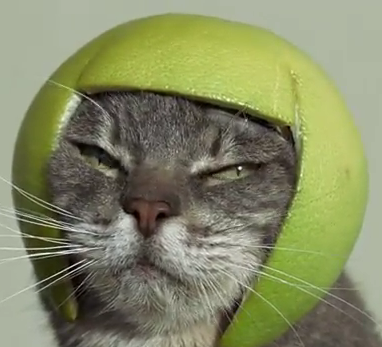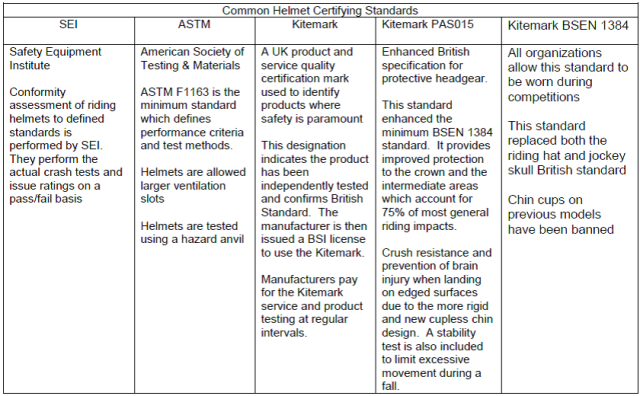We horse people can be a bit slow to embrace the online world sometimes, but some recently developed tools have made it easy to follow events from afar through online live scoring, online registration for events and now, Event Clinics, an avid EN supporter already, has developed a website (and corresponding phone app) to conveniently outline clinic and schooling happenings in the world of eventing.
Gone are the days of searching high and low for ways to be a true student of the sport. This handy tool offers perks for everyone from organizers to riders, auditors and clinicians. There’s finally an easy way to find great clinics all in one place which is helpful for those of us who spend endless hours in the barn and not in front of a computer searching a million different websites and social media accounts to find the best clinics.
The calendar on the website is presented in a simple, easy-to-follow format, listing the available clinics clearly, including all necessary information to register and pay online. No more check writing for clinics and schooling. Also, there is a user-friendly search feature and plenty of helpful information on the FAQ’s page. Contacting the geniuses behind the scenes is a snap, too, and they freely offer methods to contact them if you have burning questions or run into problems. You can even sign up to receive a weekly email updates for upcoming events.
Organizers who utilize Event Clinics enjoy free postings, ease of online registrations, and an advanced payment gateway which facilitates credit card processing at no cost to the organizer, instructor or facility. Inviting a world-class instructor and hosting a successful clinic or schooling show is tireless work and often a labor of love of the sport. The organizers deserve medals, cocktails, chocolate, days at the spa and any tools that can help them keep their sanity during the grueling process. Event Clinics is it.
Riders and auditors will appreciate this product for its convenience and economic ease of use. A registration account is not required to use Event Clinics, but members are offered the option to take advantage of the express checkout option afforded by the auto-populating forms, the ability to store and attach various documents, such as liability releases and coggins, to forms at registration. Members are also able to make changes or cancellations online, which is great for those inopportune injuries our horses seem to find at the last minute.
Event Clinics is full of great ideas, but only if people know about it. I recently looked around the calendar to see what’s coming up this year and noticed that there are several opportunities in the Maryland area, but not much is listed elsewhere. I know there lots of clinics scheduled around the country, and I encourage everyone to go check out the website and add to the existing lineup of stellar instruction by some of the legends in our sport. Get out and clinic! Go Eventing!

























